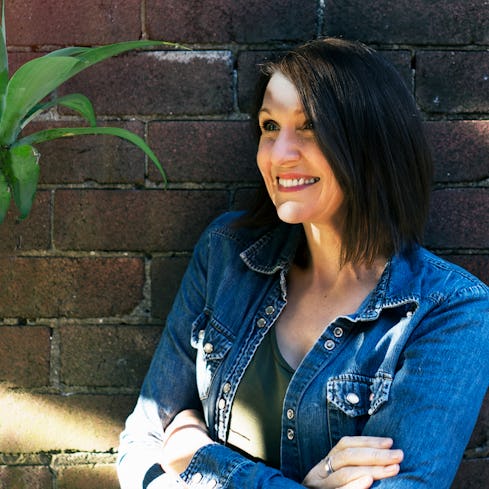Yesterday I read a great post by Erin Rhoads (The Rogue Ginger) about the environmental impact of importing cut flowers and I nearly fell off my chair as this is the very topic I planned to write about today. So serendipitous.
At this point in time, according a recent ABC article, around $67 million worth of cut flowers arrive in Australia annually from all over the world. In her post, Erin implored us to consider where our cut flowers are coming from and how they are arriving in our country and to really question whether we need to have non-seasonal flower varieties available all year round.
This is so important because of the environmental cost associated with flying in produce (whether it be flowers, or fruit and veg) that is out of season. However, alongside the environmental impact of, there also so a multitude of benefits from buying local and avoiding (and discouraging) the importing of out of season flowers.
I regularly work with flowers in my day job and while I am lucky to usually work with locally grown blooms, occasionally imported flowers come through my studio. The first important difference is that I have gotten to know the local growers of flowers, which would be impossible with imported flowers. It is so satisfying to enjoy the flowers these growers so lovingly work to produce and to know that at every point in the transaction, an Australian business is benefiting.
The second important difference - and one that certainly should sway purchasers towards buying local, even if environmental arguments fail – is that local flowers last so long and look so amazing throughout their life. Factors like avoiding the time traveling from overseas, avoiding the extra handling and treatment that is required to package the flowers, get them on a plane and then to get them into the country and to market - not to mention the fact that they are just generally suited to the current local climate - make a huge difference to the longevity of the flower.
The third difference comes down to cost – typically, seasonal and locally grown flowers are far more affordable than the, at times phenomenally, expensive imported blooms.
If supporting local growers, enjoying your flowers for longer and saving money isn’t enough to get you to buy seasonal/local, then my last argument may get you over the line. You just can’t beat the beauty and variety of locally grown flowers – whether they be varieties that have been introduced and are now grown here or our amazing native varieties. I cannot accept any argument that says we need imported peonies in July when at that time we have incredible locally grown ranunculus (for example). I don’t believe that our desire for certain flowers is of such importance that it is worth the environmental cost of flying in roses, say, from Ecuador or Kenya. That just seems so indulgent and unnecessary.
I visit the Sydney Flower Markets regularly, and I am never disappointed with local offerings. I highly encourage people who might still think we need imported flowers to do the same.
Check out the post from Erin Rhoads (The Rogue Ginger) here: https://www.instagram.com/p/B2JdrMwlyhX/?igshid=1cz9r07sixlp1.

See you next time! - Elise
Subscribe to Positive Environment News
Positive Environment News has been compiled using publicly available information. Planet Ark does not take responsibility for the accuracy of the original information and encourages readers to check the references before using this information for their own purposes.